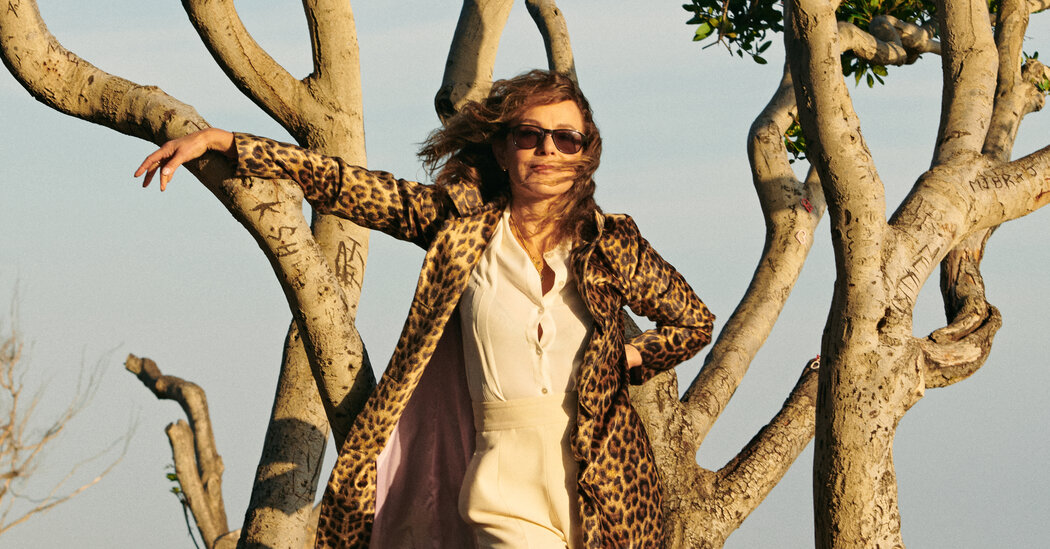
In 1986, Grey landed a breakout role as “Baby” Houseman in “Dirty Dancing,” a movie about an awkward teenager who falls in love with a hunky dance instructor (played by Patrick Swayze) during a vacation at a Catskills resort called Kellerman’s. Made with a budget of $6 million, the movie earned $214 million at the box office and, as The New York Times’s film editor wrote on its 10th anniversary, “quickly became a phenomenon in a way that no one associated with it quite understands, even to this day.” Swayze’s line, “Nobody puts Baby in the corner” became a rallying cry for disaffected Generation Xers — who, it turned out, craved rumba, romance and nostalgia just as much as anyone else. Cuffed, cutoff jean shorts and white Keds became the official summer uniform of every adolescent whose Sun-In and perm didn’t quite achieve Grey’s honey-colored waves. At 27, having been paid $50,000 for her work, she became a household name.
“After ‘Dirty Dancing,’ I was America’s sweetheart, which you would think would be the key to unlocking all my hopes and dreams,” writes Grey, the daughter of an Oscar-winning actor, Joel Grey, and granddaughter of Mickey Katz, a comedian and musician who might have performed at Kellerman’s had it been a real place. “But it didn’t go down that way. For one thing, there didn’t seem to be a surplus of parts for actresses who looked like me. My so-called ‘problem’ wasn’t really a problem for me, but since it seemed to be a problem for other people, and it didn’t appear to be going away anytime soon, by default it became my problem.”
“It was as plain as the nose on my face,” she said.
Following the advice of her mother and three plastic surgeons — one of whom recalled seeing “Dirty Dancing” and wondering “why that girl didn’t do her nose” — Grey underwent two surgeries to “fine-tune” her proboscis. The second procedure, intended to correct an irregularity caused by the first, was more aggressive than what Grey expected. Her new nose was “truncated” and “dwarfed.” She was unrecognizable to people who had known her for years. Photographers who had hounded her the month before didn’t pick up their cameras when she walked down a red carpet.
She recalls an airline employee who glanced at her driver’s license and said, “‘Oh, Jennifer Grey, like the actress.’” When Grey said, “Actually, it is me,” the woman responded: “‘I’ve seen ‘Dirty Dancing a dozen times. I know Jennifer Grey. And you are not her.’”
“Overnight I lose my identity and my career,” Grey writes.
In the two hours she sat on a blue banquette in a Beverly Hills restaurant, matter-of-factly scooping a soft-boiled egg, spreading butter on rye toast and chatting about her memoir, only one person appeared to recognize Grey. The woman’s face lit up, then softened as if she’d spotted an old friend who’d survived a terrible ordeal.



